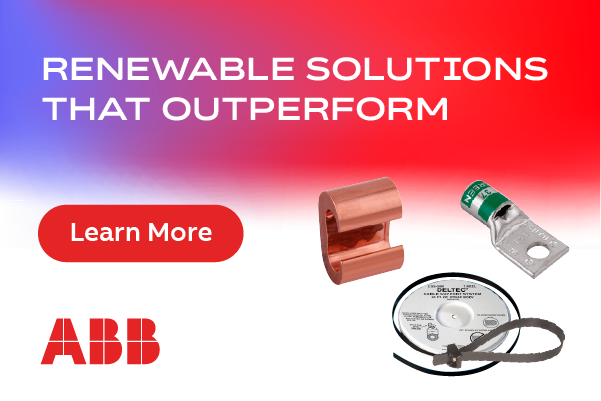Dual Scanning Lidar Increases Coverage, Accuracy and Efficiency in Offshore Wind Assessments
 With an increasing number of countries pursuing carbon neutrality in the next few decades, investment in renewable energy sources that can be used to produce electricity with fewer environmental impacts is skyrocketing. As advances in technology deliver performance and cost improvements, one of the most promising sources of renewable energy - offshore wind - is maturing rapidly, and poised to play an important role in the future of electricity generation.
With an increasing number of countries pursuing carbon neutrality in the next few decades, investment in renewable energy sources that can be used to produce electricity with fewer environmental impacts is skyrocketing. As advances in technology deliver performance and cost improvements, one of the most promising sources of renewable energy - offshore wind - is maturing rapidly, and poised to play an important role in the future of electricity generation.
In spite of the industry's incredible growth, offshore wind farms open the door for a new set of challenges that make understanding wind resources in offshore environments increasingly burdensome. To combat these challenges, offshore developers and operators are looking at innovations in lidar technology and new ways to use current technology to enhance data, reduce costs and expedite their projects.
Leveraging Lidar to Understand What the Wind is Doing
From more expansive wind farms located in deeper waters at greater distances from the shore to the ever-increasing size of offshore turbines and project costs, the constantly evolving nature of the offshore wind energy sector makes it especially difficult to determine where the abundant wind resources exist, understand their characteristics and validate their quality.
%20(1).jpg)
Consequently, accurate wind data is critical to a bankable Wind Resource Assessment (WRA) because inaccurate measurements can result in unfavorable financing conditions or the selection of the wrong type of equipment, which can lead to underperformance or failures. If the wind availability and characteristics cannot be proven to a high degree of certainty, constructing a sound financial model for a wind project investment will be a major challenge.
Scanning lidar technology measures the full wind regime and characteristics of the wind flow, including wind speed, wind direction, and turbulence, to provide complete, spatial wind data at ranges up to 15 kilometers. Increasingly supported by growing acceptance among major independent experts, developers, financiers and regulatory bodies, scanning lidar is being deployed more frequently for offshore WRAs. Mountable on existing offshore platforms or placed onshore at the coastline, scanning lidars decrease uncertainty by providing the spatial resolution to analyze bigger areas, which improves project bankability and increases operational continuity and efficiency.
Enter dual scanning lidar.
Dual Lidar: Increased Data Quantity and Quality
While a single scanning lidar provides rich data from one strategically chosen vantage point, dual scanning lidar enables developers and operators to increase the coverage, accuracy and efficiency of offshore wind assessments in areas with difficult-to-assess wind phenomena. By observing an offshore location from several positions, a dual scanning lidar approach provides an even more comprehensive picture of the wind resource profiles.

Utilizing two scanning lidar instruments delivers accurate wind mapping with ranges up to nearly 15 kilometers from several positions at once. By simultaneously providing complete, spatial wind data from several strategically selected positions, dual scanning lidar significantly increases the quantity and dramatically improves the quality of wind data in a cost-efficient way.
Leveraging intersecting beams at multiple locations, the dual scanning lidar approach provides a dense network of measurement points, delivering better coverage and accuracy, which reduces vertical and horizontal uncertainty and enables fine assessment of turbulence intensity for turbine suitability. Plus, even when two lidar units are deployed, offshore campaigns tend to be less expensive than other assessment methods; the shore-based scanning lidars can be more easily accessed, moved, maintained and repurposed at each phase throughout the lifecycle of an offshore project.
While assessing and characterizing available wind resources is crucial in the development, positioning and operation of an offshore wind farm, new techniques and technologies are becoming available to ensure that turbine and wind farm performance meets expectations and contractual obligations. Despite the evolving challenges surrounding accurate wind measurement as offshore projects grow larger and turbines taller, dual scanning lidar delivers a myriad of benefits that ultimately increase the coverage, accuracy and efficiency of offshore campaigns.

Elvira Aliverdieva is a product and marketing specialist for Leosphere, a Vaisala company. She participates in the evolution of the company's onshore and offshore wind product strategy, with a primary focus on the booming offshore market.
Author: Elvira Aliverdieva
Volume: 2021 July/August








